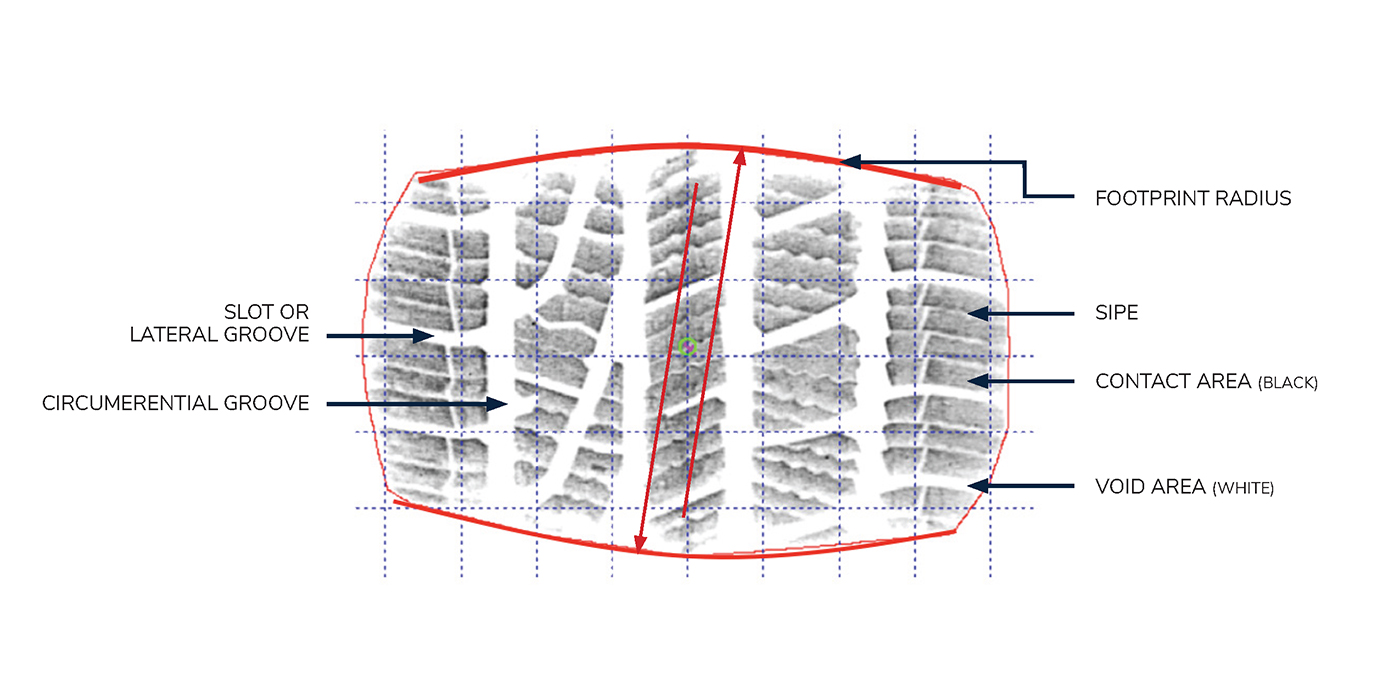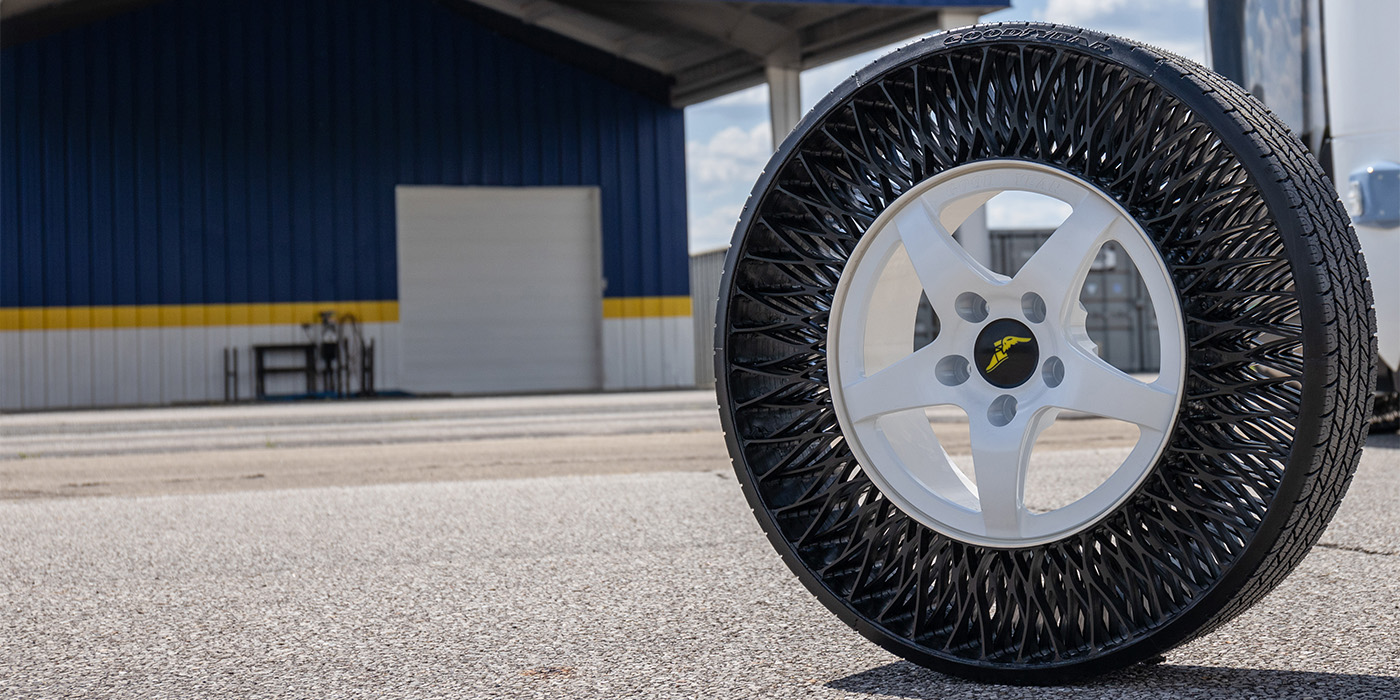As you have likely experienced firsthand, the past few years have seen rapid changes in the tire industry. Supply chain delays, labor constraints and the shift to electrification—among countless other macro challenges—are constantly requiring dealers to reevaluate their business strategies and operations to adjust to the current environment. It’s critical that flexibility and resiliency remain top-of-mind as dealers navigate these obstacles. One way to remain agile is fostering a culture of learning and development for your staff. At ATD, we’ve found that integrating technology, insights and data analytics into our reskilling and training programs is helping to create sustainable solutions. By understanding the importance of training and how to build an effective program, you, too, can take advantage of the many benefits for both you and your business.
We all know that there’s no such thing as a typical day in a tire shop – you’re often pulled in a million directions, and training may not be a top priority. However, one of the key paths to business success is implementing an easy, yet robust training program. It connects team members to your business, develops a culture of curiosity and continuous learning and eases the transition of adopting new initiatives. Modern technology also allows your team to access training at their fingertips without having to leave the shop floor, whether on a computer, tablet or cellphone. Learning happens daily in just a few minutes, and by leveraging this technology, team members can participate whenever it fits into their daily flow. Today, training is offered by all manufacturers and vendors, and spark puts everything in one place. This helps dealers streamline the process of developing their staffs’ knowledge while creating an impact on business performance.
So, how should a tire dealer initiate the cultural shift in their business toward training? There are four key components to building a strong program:
Set goals and objectives
The first step in any successful training program is to identify what’s important for your staff to learn. After setting goals for the program, you can then move forward into designing it to align with those objectives.
Define learning pillars for the program
After identifying specific operational goals, dealers should define clear pillars that contribute to a cohesive training program. For example, our continuous learning and development program, which integrates data and analytics, focuses on three pillars: onboarding, foundational content and professional development. Onboarding lays the foundation for a team member’s entire tenure at a business; it builds strong connection to your company, improves retention and prepares team members for their role, so it’s important to get it right from day one. Each new ATD team member’s training includes a demonstration of the connection between who the company is and how the team member will become a key part of corporate culture, as well as training related to diversity and their specific role. The foundational content we share with all team members is related to who ATD is as an organization and outlines our purpose, vision, values, business functions and more. Start by identifying what is important to your business and what every team member needs to know to involve themselves in the culture.
Provide opportunities for professional development
Beyond benefitting the team, professional development has major implications for the business. In the industry, hiring is a challenge, but Tire Pros dealers who participate in spark experienced a 15% higher rate of applications and approved 8% more applications. Once new team members are hired, learning is key for job retention. The University of Phoenix’s Annual Career Optimism Index 2023, which was released earlier this year, found that 70% of Americans would be more likely to stay at their job if they had the opportunity to use new skills. However, 40% of respondents say their employers don’t offer those opportunities. A strong training program not only helps team members get connected to your shop, but also ensures that they’re developing their technical and customer service skills, as well as skills beyond their current role, to be prepared for whatever comes their way on the job. In an industry plagued by high turnover rates and labor shortages, tire dealers can’t afford to not reskill their team.
Analyze program performance
So, how do you determine if your program is ‘successful’? The answer is simple: technology. Training technology is improving rapidly to allow tire dealers greater visibility into their staffs’ experience. One way to measure the effectiveness of a program is monitoring knowledge before and after they participate. Developed with AI and machine learning, ATD’s best-in-class micro-learning platform “spark,” which is available to dealers and ATD customers, combines learning methods with a unique digital learning algorithm to personalize the experience to each person. Through spark, dealers receive access to a real-time analytics dashboard that allows them to monitor the training and activity level of for each staff member, as well as identify which topics could use a little extra reinforcement. This platform has been extremely successful for engaging ATD team members and promoting a culture of continuous learning, so we wanted to make this technology available to dealers who are interested in continuously developing their workforce. ATD’s purpose is to help our customers thrive and drive into the future, and this technology is a way we can support our customers. Those who take advantage of this platform have noticed an increase in the total value of their tickets, technicians receiving certifications, more interested team members and more. For instance, Tire Pros dealers with the highest spark participation purchased an average of 10% more units than less engaged dealers, translating to an average of $54,000 in additional sales.
While building a program that integrates data and technology may be an investment in money and time, the benefits far outweigh the drawbacks when it comes to impacting your business. Businesses that offer training programs to their team members experience reduced turnover. In fact, a 2021 Pew Research Study found that 63% of respondents said lack of opportunities for advancement was the top reason for leaving (above pay, benefits and workplace flexibility). A successful training program that upskills team members also leads to higher productivity, which improves processes and ultimately increases profits. You know better than anyone that tire sales are competitive, and in a challenging economy, maximizing profits is an excellent way to future-proof your business.
At the end of the day, we’re all trying to build a happy, fulfilling and safe environment for our team members, and effective training programs increase engagement. So far, these best practices have led to an extremely successful continuous learning program at ATD, with 90% of all team members participating in our courses. We’ve also experienced tremendous growth in team member engagement thanks to our continuous learning program. From 2018 to 2022, we’ve experienced a 33% increase in team member engagement in our business strategy, approach and values.
By fostering a culture of continuous learning and integrating data and analytics, team members are happier and more engaged at work, which translates to major impacts on your business. While it’s impossible to foresee all the challenges that your business will face in the future, a tire dealer committed to training will be equipped with a resilient and agile workforce that can deal with whatever is coming down the road.
Rebecca Sinclair is the chief people and corporate affairs officer at American Tire Distributors (ATD).














